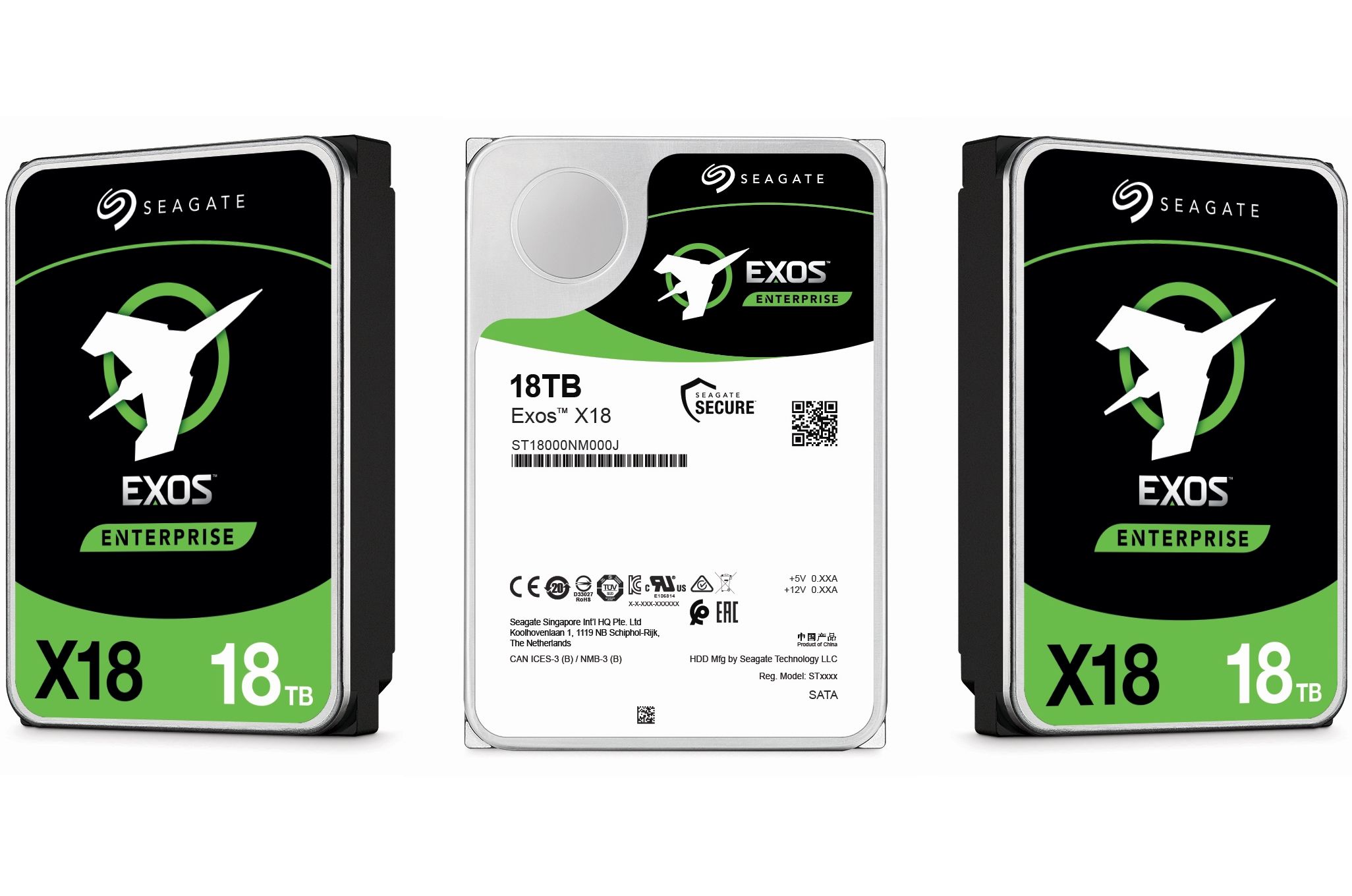When thinking about the state of the PC Gaming industry, we are strongly reminded of a Tale of Two Cities and its famous quote: “It was the best of times, it was the worst of times… it was the season of Light, it was the season of Darkness”. On the one hand, the amount of pixel crunching power available to PC gaming enthusiasts has never been higher. On the other… the cost of said pixel crunching power has also never been higher. So much so that even (once “reasonably priced”) mainstream “x70-class” cards are now in the realm of costing a car payment… or more. So, what is both the consumer and, by extension 3rd third-party manufacturers to do when it is the age of foolishness, the age of insanity? The answer for consumers is obvious: if you can opt out of Team Green’s ecosystem, but if you cannot, at least look for value in a market sorely lacking in said virtue. Which in turn makes it abundantly clear what reputable manufacturers like MSI must do: offer value. Offer more value than the competition and make their product stand out like an island in a sea of toxic (over-)pricing. Offer sooooo much value that those leaning towards the opt-out option…. pause and reconsider their protest vote. That, at least, is what we think the thought process was/is when MSI created their NVIDIA RTX 5060Ti 16G Gaming OC.
With an asking price of $739.99 CAD, it is in the realm of reasonable… by modern standards. Yes, this is a bit more than a bare-bones, basic bit… err… basic model RTX 5060Ti. However, it is only an extra couple of bucks. In the grand scheme of things, and considering most buyers keep their card for 3+ years, that is pretty much a rounding error in differences. An additional rounding error on your budget that, in return, promises to net you a whole lot of extra bang for your buck.

Namely, you will get a tenth-generation “Twin FROZR” custom cooling solution that was originally designed with much higher than 180-200 watt TDP cards in mind. Which, in simplistic terms, all but guarantees whisper-quiet performance even when pushed hard for hours and hours at a time. Equally important, said overkill redefining cooling solution allows this video card to ‘self-overclock’ to the very limits of the GB206-300 silicon core. All without needing to opt for as long as a house, or as wide as a barn, GPU form-factors… while also never needing to futz with a single setting yourself to get the very best from the 5060Ti core.
With 16GB, instead of 8GB, of Samsung GDDR7 RAM (albeit on a 128-bit bus) concerns over today, tomorrow, and even 3 years from now “AAA” games being VRAM limited are skillfully sidestepped.
With a 3-year warranty, backed by one of the few GPU makers still offering as hassle-free an RMA experience as possible, worries over having to replace the card before you need to replace it are equally, and elegantly, negated.
Last but certainly not least, is while this is indeed a lot of coin for a x60-class card, even a ‘Ti’ variant, it is a whole lot more palatable than what RTX 5070 class cards are demanding… and more importantly it is less than many of what the MSI RTX 4060Ti models went for on their launch day. Furthermore, with the 5060Ti one does gain access to the latest DLSS advancements which in conjunction with higher performance cores, means that this card’s “mere” 4608 CUDA cores can (sometimes) outperform earlier generation x70 cards and keep the frame rate high enough that you will want to actually keep (and use) it for the full warranty period. Possibly even beyond if the RTX 70-series or RTX 80-series continues down the same road the 50-series is trending.
The counterpoint to all these arguments is simple. Sure, the 5060Ti series MSRP is (technically… on paper) pretty much coming in at the same MSRP as the 4060Ti was on launch day, but it only comes with ~6 percent more CUDA and RT cores than the last generation 4060Ti series, which can be picked up rather inexpensively. Furthermore, it may have 16GB of excellent (Samsung) GDDR7 VRAM onboard, but it has once again been placed on a 128-bit bus… and this x60Ti (just like its predecessor) was really designed around only 8GB of onboard VRAM. Not 16GB. Put another way, NVIDIA has once again designed their 5060Ti card to not be a great option in and of itself. Rather, they designed it to make it the best argument for why buyers should upsell themselves and opt for the more expensive X70-class options.
MSI disagrees with this assessment of NVIDIA RTX x60Ti’s potential.
So has MSI done what NVIDIA considers the ‘unthinkable’ and created an actually excellent value x60ti-class card?! Let’s find out, as it is looking more and more like PC Gaming enthusiasts need a win… that or consider it a… “Red letter generation” and skip Team Green altogether. So, let’s put this underdog to the test and see if MSI can not only help salvage some of this seemingly lost generation but actually make a good argument for why you should stay in the Team Green ecosystem.








